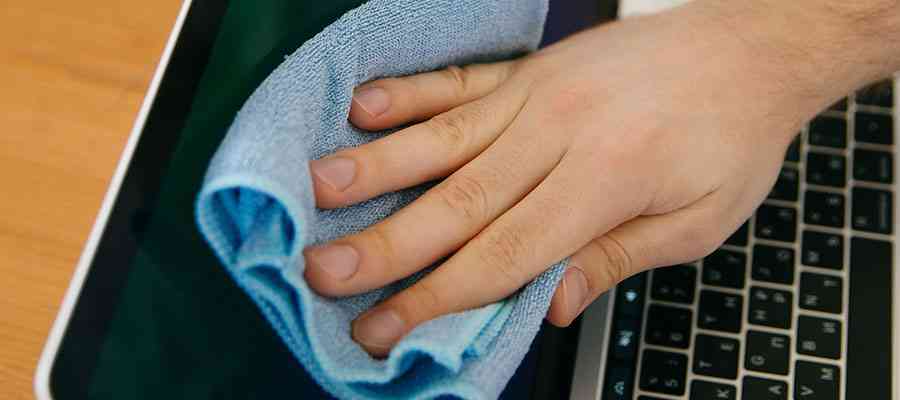Disinfection is an essential step in achieving a clean and virus-free surrounding. It plays an important role in protecting your health, by preventing the spread of common diseases such as influenza, colds, and other infectious diseases.
However, if disinfection is not properly done, the effectiveness is null. Spraying a disinfectant the wrong way just puts it down the drain.
Follow these tips in applying proper disinfection and protect the health of those in your facility.
- Use Microfiber
Mops, cleaning cloths made of microfiber (synthetic) are more effective than those made with natural made fibers. Synthetic microfiber cloths are resistant to quat binding. This occurs when the active ingredient (quaternary ammonium chloride) becomes attracted to and absorbed into fabrics.
How does this happen? Quats are positively charged ions. Microfiber or cotton, on the other hand, are negatively charged. Positive attracts negative. Use microfiber and not cotton when using disinfectants made in quats, so it does not absorb it.
- Change Applicators
When disinfecting, the disinfectant solution can also get contaminated when you frequently dip your applicator (mop, sponge) into the solution. You will just end up spreading bacteria and dirt, rendering your disinfection ineffective.
It is advised to change your applicator (mops, sponge, damp cloths) for every room. In hospitals, they change mop water for every 2 – 3 rooms. This ensures the disinfectant solution is clear and remains effective to prevent cross-contamination.
- High Touch Surfaces
Bacteria and viruses can quickly multiply under the right conditions. In as little as 20 minutes, you can have hundreds of bacteria and viruses reproduce. These harmful microorganisms can be found in high-touch surfaces such as doorknobs, toilet seats, light switches, elevator buttons, and handrails. Therefore, these spots need to be disinfected more frequently.
Washroom surfaces should also be given attention. Surfaces such as grout, handles, water fixtures such as shower-head should also be regularly cleaned and disinfected to avoid mold buildup. You shouldn’t also forget towel dispensers, toilet paper holders, garbage cans and hand dryers.
- Clear out dirt
Before you apply disinfectant, clearing dirt is a prerequisite. Unless proper cleaning is done, the disinfection solution will not be effective. Follow the manufacturer’s instructions when applying the disinfectant.
- Know about the product
Before you even apply disinfectants, take your time and know about the product specifications. For which specific type of viruses and bacteria is it effective against? What is the kill claim? For which surfaces is it advisable to use?
All this information can be found in the instruction label. Read about the proper warning statements or hazard and safety protocols.
- Contact Time
For a disinfectant to take effect, there should be proper contact time that needs to be followed. This information is also indicated in the label or manufacturer’s instruction. This states that the disinfectant must stay wet on the surface for the duration of the contact time.
Research about specific directions for virucidal, fungicidal, and mold and mildew control disinfectants.
- Use a 90% to 10% ratio
Remember, disinfectants are chemicals. As such, they must be diluted or dissolved properly in the advisable ratio. The advisable ratio is often at 90% water and 10% disinfectant solution. Any more or less will make your disinfection efforts useless.
- Never mix with cleaning solution
Do not mix a disinfectant with other chemicals or cleaners. This is not only unsafe but will also make your disinfectant useless.
- Consider certain factors
Keep the following considerations in mind as you evaluate your options:
- Safety – Is it safe for people? How about your pets?
- Effectiveness – Is it effective against pathogens in your home or facility?
- Kill time – How long will it take to kill pathogens? How much time is needed to leave surfaces wet?
- Ease of use –Is it easy to use and practical?
Choosing the right disinfectant goes hand in hand with the right application. By following the necessary guidelines, you can protect your health.
Saniservice is the leading disinfection company in the UAE. We provide total disinfection solutions using our 100% chemical-free disinfectants, safe for humans and effective in killing viruses and germs.
